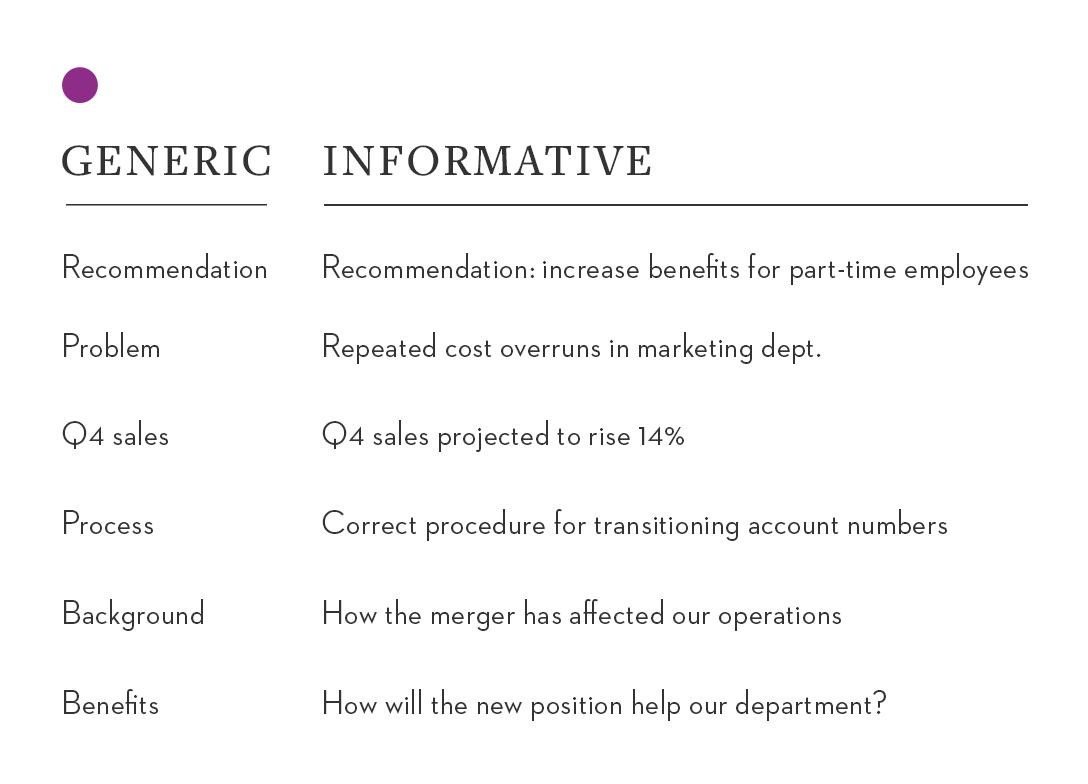Write Like a Leader Part 4: Structuring an Email for Action

Skill in the art of communication is crucial to a leader’s success. He can accomplish nothing unless he can communicate effectively.
-Norman Allen, playwright
Note: This is part four of a ten-part series. Feel free to go back and read parts one, two, or three.
You’ve just received word that you landed a major meeting with a potential client. You urgently need your team to come together to help you prepare for the presentation. You send a quick email with what you think to be a clear request for help. And then? Crickets. What went wrong?
As a leader, one of your primary responsibilities is to clearly communicate what you expect others to do. Today, this is often done through email. The problem is that the average employee receives upwards of 120 emails every day. By structuring your email communication strategically, you’ll cut through the noise, inspire action, and save yourself hours of follow-up and clarification. Here’s how.
Focus your subject line on your action request or need
Your first priority is to make sure your readers open the email in the first place—enter the all-important subject line. This streamlined statement should immediately alert the reader of your need. Sum up your message in the subject line using action-oriented terms. Strategic subject lines should also
- state your bottom line (what you want your reader to take away from your message)
- use action words that capture your reader’s attention
- include an action step or deadline if there is one
- be specific and informative.
Take a look at your own inbox. Which subject lines catch your eye? Chances are, they’re the ones that are clear, concise, and personalized with the most important information mentioned up front.
Keep in mind that some of your readers may be scanning incoming emails from their mobile devices. iPhone, for example, cuts off subject lines at 35 characters. It’s not surprising that shorter subject lines (between 1 and 20 characters in length) are the most likely to be opened.
Structure your email body for action
Your expertly crafted subject line got your reader to open the email. Now, you must find a way to hold their interest and inspire action. Structuring your email with strategic, bold headlines can help. By giving your readers an easy way to skim and a digestible clue of the content in the paragraph that follows, you’ll make your emails easier to read and greatly increase your chances of achieving your desired result.
Much like subject lines, the best headlines are specific, actionable, and informative. Here are a few examples:

The first step to generating useful headlines is organizing your email into categories. Instead of writing four paragraphs with every detail you know, group your information and identify your categories: for example, “background information,” “purpose of this project,” and “next steps.” One you’ve done this, you’re ready to make specific headlines for those categories.
Use your headlines to call out any needs you may have in each category. For example, “background information” can become “Prospect meeting next week: need your help gathering background information.” Does your project have a deadline? Put it in your headline. Do you need your team to answer three questions about the prospect before you can prepare for the meeting? Say “Next steps: answer these three questions” in a headline. Don’t bury your need in paragraphs of text.
Before you hit “send,” make sure your subject line and headlines inspire understanding and action. This will save writing—and reading—time for both you and your team. Want more leadership writing tips like this? Download the Write Like a Leader eBook now. Be on the lookout for part five of the series, coming soon!
